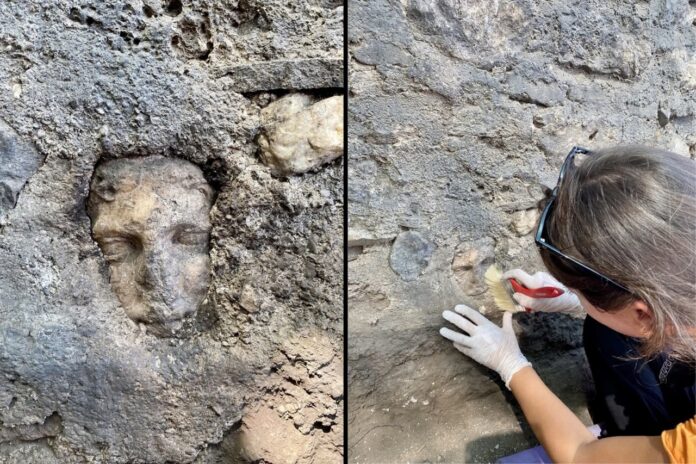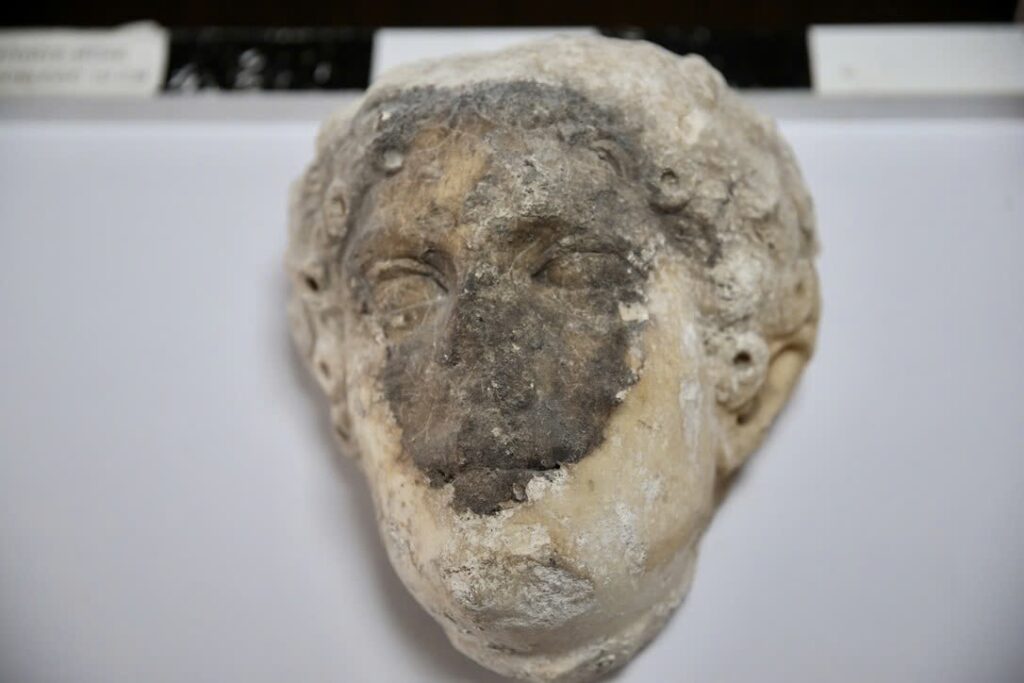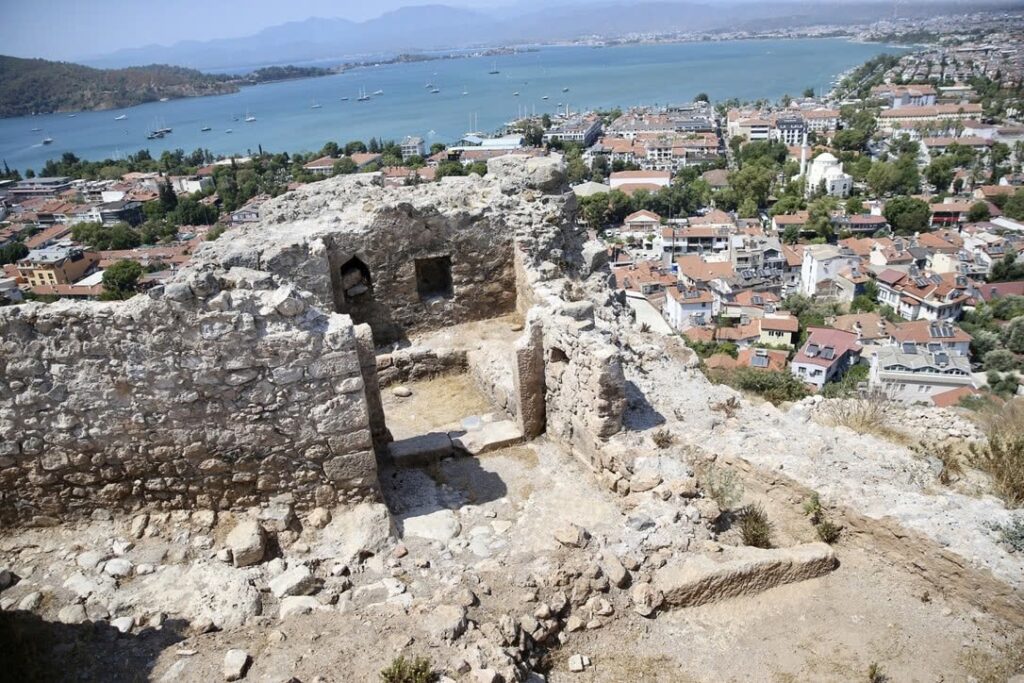Surprising Find in Turkish Seaside Town
In the charming coastal town of Fethiye, Turkey, archaeologists have unearthed an extraordinary artifact that enhances our understanding of the area’s historical legacy. During their ongoing work at Fethiye Castle, they discovered a well-preserved statue head, estimated to be around 1,800 years old, located within the walls of the castle.

A Window into Lycian Heritage
The statue head, tentatively recognized as representing the god Apollo, hails from the 2nd century AD. This discovery provides a fascinating insight into the artistic and religious traditions of ancient Lycia, a region that once thrived along Turkey’s southern coastline.

Fethiye Castle: A Guardian of the Ages
Originally built to safeguard the ancient Lycian city of Telmessos, Fethiye Castle has witnessed centuries of history unfold. It has experienced numerous changes in occupants and renovations, transitioning from its Byzantine reconstruction to its time under the Knights of St. John.

The ongoing excavation, part of the Turkish Ministry of Culture and Tourism’s “Legacy to the Future” initiative, has uncovered a wealth of artifacts from various periods. Alongside the Apollo statue head, the excavation team has found:
- Coins from the Turkish-Islamic era
- Artifacts from the Ottoman period
- Relics from the Menteşe Beylik
- Cannonballs and pieces of ceramics
- Various everyday items from different historical timelines
Significance for Future Studies

Professor Kadir Pektaş, the scientific director overseeing the excavation, highlighted the importance of this statue head finding. While preliminary evaluations indicate it may represent Apollo, additional research is being conducted to verify its identity and cultural significance.
As excavations progress, Fethiye Castle is set to unveil more secrets about the region’s history, providing invaluable perspectives on the diverse civilizations that have inhabited this part of Turkey over the centuries.

